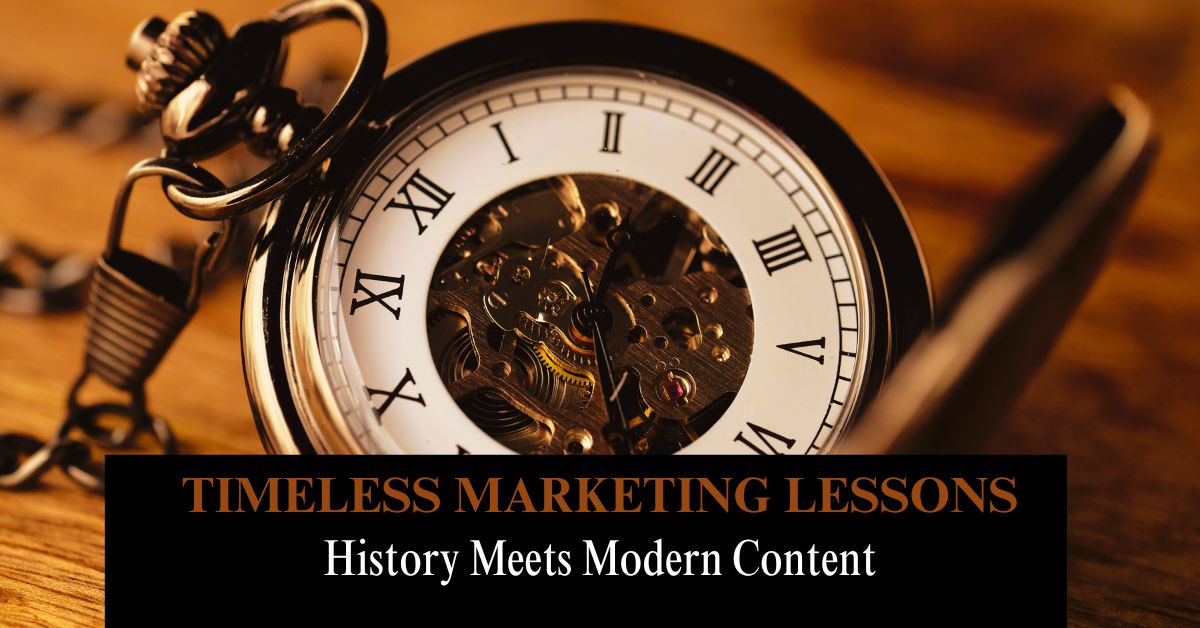Blog Post Structure: How to Organize Content for Maximum Impact
A well-structured blog post is the foundation of successful content marketing. Whether you’re writing for SEO, thought leadership, or audience engagement, the right blog structure ensures clarity, readability, and conversions.
In this guide, we’ll break down the essential components of a high-performing blog post, complete with professional formatting tips and best practices.
Why Blog Structure Matters
Before diving into the framework, let’s understand why structure is critical:
- Improves Readability – Readers prefer skimmable, logically organized content.
- Boosts SEO – Search engines favor well-structured posts with clear headings.
- Enhances Engagement – A smooth flow keeps readers on the page longer.
- Increases Conversions – Strategic CTAs perform better in structured content.
The Professional Blog Structure (Step-by-Step)
1. Captivating Headline
Your headline should:
- Include the focus keyword (“blog post structure”)
- Promise a clear benefit (“How to Write Faster & Rank Higher”)
- Spark curiosity without clickbait
Example:
“Blog Post Structure: The Scientifically Proven Format for Higher Engagement”
2. Engaging Introduction
A strong intro answers three questions:
- What’s the topic? (“How to structure a blog post”)
- Why does it matter? (“Poor structure leads to high bounce rates”)
- What’s the solution? (“This framework guarantees better results”)
3. Well-Organized Body Content
H2: Problem Statement
- Identify the reader’s pain points.
- Example: “Without a clear structure, even great ideas get lost in messy paragraphs.”
H3: Solution Breakdown
- Use subheadings (H3s) for key points:
- Logical Flow (Problem → Solution → Action)
- Short Paragraphs (2-3 sentences max)
- Bullet Points & Bold Text for skimmers
H4: Actionable Takeaways
- Summarize key steps.
- Example: “Follow this structure for your next post and track engagement metrics.”
4. Strong Conclusion with CTA
- Reinforce the key message.
- Include a Call-to-Action (e.g., “Start implementing this structure today!”)
Advanced Optimization Tips
1. Keyword Placement
- Use the focus keyword (“blog post structure”) in:
- First 100 words
- At least two subheadings (H2/H3)
- Meta title & description
2. Visual Enhancements
- Include at least one image (e.g., infographic, diagram, or featured image).
- Example:
Caption: “Visual guide to an optimized blog post structure.”
3. Internal & External Linking
- Internal Link: “For more writing tips, read our Content Writing Guide.”
- External Link (once): “Professionals can explore advanced strategies at this Digital Marketing Institute in India.”
Common Mistakes to Avoid
- Overstuffing Keywords – Keep it natural.
- Long Paragraphs – Break text for readability.
- Missing Subheadings – Helps both readers and SEO.
- Weak CTAs – Always guide readers to the next step.
Final Thoughts
A well-structured blog post isn’t just about SEO—it’s about delivering value efficiently. By following this blog post structure, you’ll create content that ranks, engages, and converts.
Ready to apply this? Start with your next post and measure the difference.






One thought on “Blog Post Structure: A Professional Blueprint for Engaging Content”